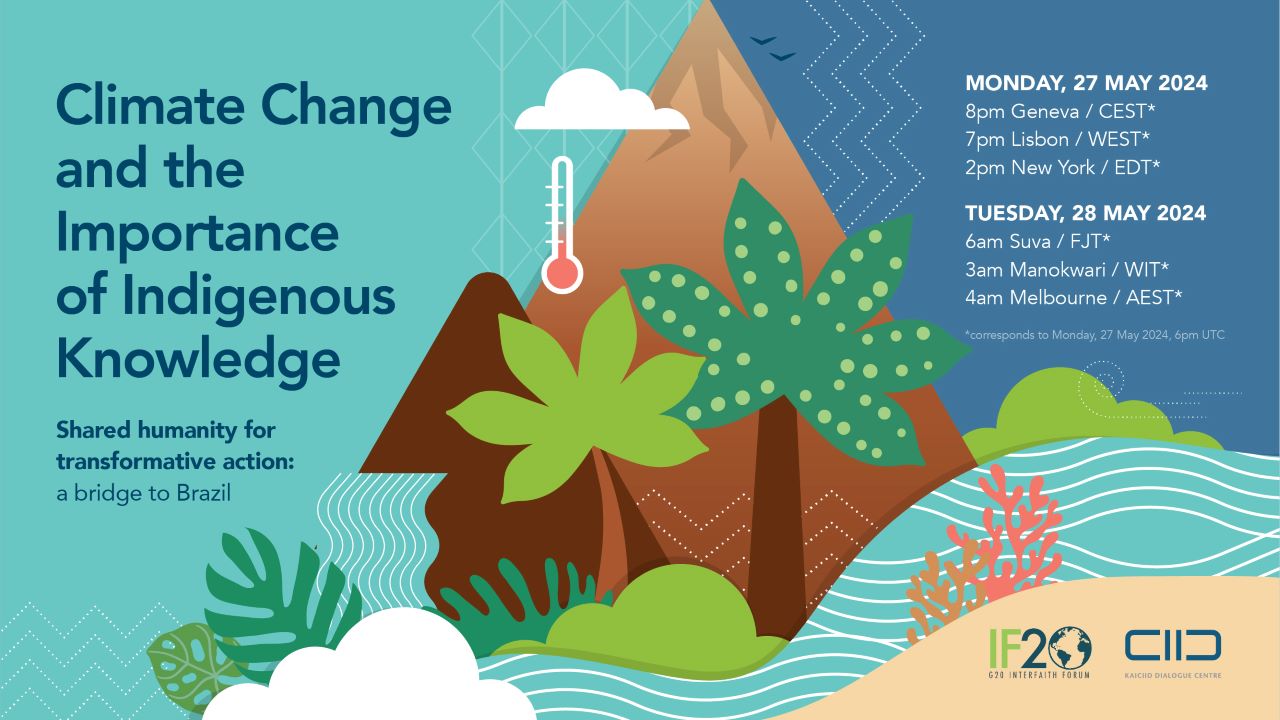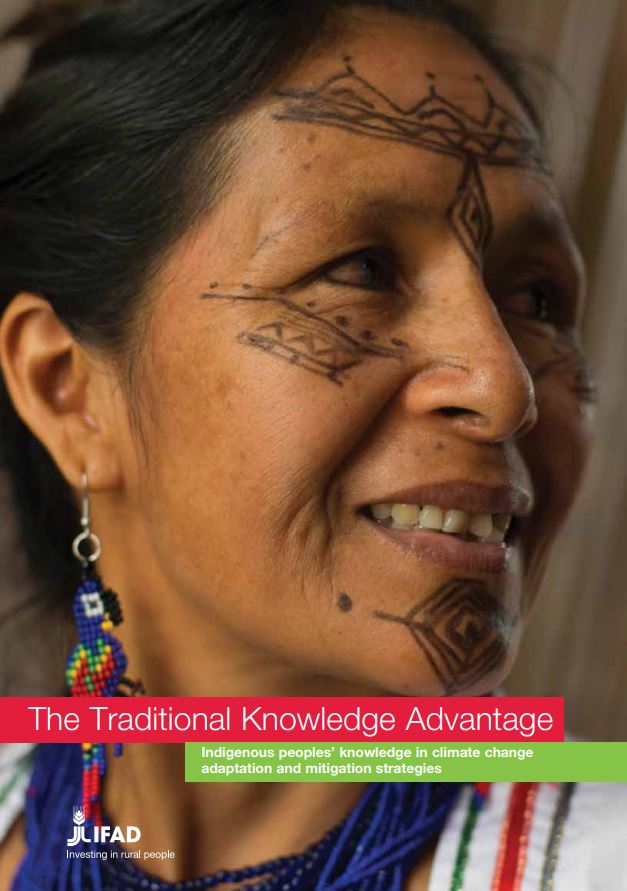
Native American Climate Change Response: Traditional Knowledge & Adaptation
On the front lines of a global crisis, Native American communities in the United States are not merely passive victims of climate change; they are active architects of adaptation, drawing upon millennia of Traditional Ecological Knowledge (TEK) to navigate an increasingly unpredictable world. Their response is a powerful testament to resilience, a blend of ancient wisdom and modern innovation, offering invaluable lessons for humanity’s collective future.
The impacts of climate change are felt acutely across Indian Country, often disproportionately so. Indigenous communities frequently reside in ecologically sensitive areas – coastlines, river deltas, arid lands, and remote Arctic regions – making them exceptionally vulnerable to rising sea levels, extreme weather events, droughts, wildfires, and permafrost thaw. Their economies and cultural practices are deeply intertwined with the land and its resources: fishing, hunting, gathering, and agriculture. When salmon runs dwindle, ancestral forests burn, or sacred plants disappear, it’s not just an economic loss; it’s a spiritual and cultural wound. For many, climate change is a continuation of historical trauma, further eroding their connection to lands already diminished by colonization.
Traditional Ecological Knowledge: A Living Legacy
At the heart of Native American climate response lies Traditional Ecological Knowledge (TEK). More than just a collection of facts, TEK is a holistic system of understanding, passed down through generations via oral traditions, ceremonies, and hands-on practice. It encompasses the intricate relationships between living beings and their environment, informed by deep observation, empirical experimentation, and a spiritual reverence for all life. Unlike Western scientific methods that often focus on isolated variables, TEK provides a comprehensive, long-term perspective on ecosystem dynamics, climate patterns, and species behavior.
"Our knowledge isn’t just about what to do; it’s about how to be in relation to the land," explains a leader from the Karuk Tribe in Northern California, highlighting the ethical dimension embedded within TEK. This knowledge system is inherently adaptive, having guided communities through countless environmental shifts over millennia. It offers a framework for understanding climate change not as an isolated phenomenon, but as a disruption to an interconnected web, requiring a response that restores balance.

Adapting with Ancient Wisdom: Concrete Examples
The application of TEK in climate adaptation is diverse and innovative, demonstrating how traditional practices can offer robust, sustainable solutions:
1. Revitalizing Traditional Fire Management: For over a century, federal fire suppression policies have led to overgrown forests, fueling catastrophic megafires across the American West. Indigenous communities, like the Karuk, Yurok, and Hupa Tribes in California, have long practiced "cultural burning" – controlled, low-intensity fires that clear underbrush, promote forest health, and enhance biodiversity. These burns are meticulously planned, often based on specific weather conditions, fuel types, and spiritual protocols. As climate change intensifies wildfire seasons, federal agencies are increasingly recognizing the efficacy of these traditional practices. The Karuk’s "fire as medicine" approach not only reduces fire risk but also revitalizes culturally significant plants, improves water quality, and creates resilient landscapes.
2. Securing Water in a Drying Climate: In the arid Southwest, water scarcity is a perennial challenge exacerbated by climate change. The Zuni Pueblo, for example, has revived ancient "waffle gardens" – small, raised beds surrounded by earthen walls that capture and retain rainwater, minimizing evaporation and maximizing soil moisture. This ingenious method allows for successful cultivation of traditional crops like corn, beans, and squash with minimal irrigation. Other communities are employing traditional water harvesting techniques, restoring riparian zones, and managing groundwater resources based on generations of observation of springs and aquifers.
3. Enhancing Food Security through Indigenous Foods: Climate change threatens conventional agriculture through extreme weather and pest outbreaks. Many tribes are turning to traditional food systems for resilience. The Menominee Nation in Wisconsin, known for its sustainable forestry, is also a guardian of wild rice (manoomin), a sacred staple. As changing water levels and temperatures threaten wild rice beds, the Menominee are working to protect and restore these vital ecosystems, ensuring food security and cultural continuity. Similarly, efforts to reintroduce bison to tribal lands, promote traditional fishing practices (like the ongoing fight for salmon habitat protection by Pacific Northwest tribes), and cultivate drought-resistant heritage seeds are all examples of climate adaptation rooted in TEK. These practices not only provide nutritious food but also foster biodiversity and reduce reliance on fragile industrial food supply chains.
4. Planning for Relocation and Infrastructure: For coastal and riverine communities, sea-level rise and increased flooding are existential threats. The Quinault Indian Nation in Washington State is actively planning to relocate its village of Taholah to higher ground, moving essential infrastructure and homes. This complex undertaking is informed by their historical knowledge of flood plains and their long-term relationship with the Pacific Ocean. Similarly, the Biloxi-Chitimacha-Choctaw and Isle de Jean Charles Band of Biloxi-Chitimacha-Choctaw in Louisiana, whose lands are rapidly disappearing due to subsidence and sea-level rise, have become some of the first "climate refugees" within the United States, prompting a federally funded resettlement effort. Their struggle highlights the profound human cost of climate change and the need for proactive, culturally sensitive adaptation strategies.
Challenges and the Path Forward
Despite the profound wisdom embedded in TEK and the innovative adaptation strategies emerging from Native communities, significant challenges persist. The legacy of colonialism continues to undermine their efforts. Land dispossession, forced assimilation, and the suppression of traditional practices have fragmented knowledge systems and weakened community structures. Many tribes lack the financial resources and infrastructure to implement large-scale adaptation projects, often relying on underfunded federal programs. Furthermore, bureaucratic hurdles and a historical lack of recognition for TEK by mainstream scientific and governmental bodies have hampered collaboration and resource allocation.
However, a shift is underway. There’s a growing recognition by federal agencies (like NOAA, USDA, EPA, and the Department of Interior) of the critical role TEK plays in climate science and adaptation planning. Partnerships are forming, aimed at integrating Indigenous knowledge with Western science, creating more comprehensive and culturally appropriate solutions. These collaborations, however, must be built on principles of respect, equity, and Indigenous sovereignty, ensuring that tribes maintain control over their knowledge and their lands.
Leadership for a Sustainable Future
Native American communities are not just adapting; they are leading. Their holistic worldview, which emphasizes interconnectedness, reciprocity, and the "Seven Generations" principle (considering the impact of present actions on the next seven generations), offers a vital ethical framework for global climate action. They remind us that the crisis is not merely environmental, but also spiritual and ethical, demanding a fundamental re-evaluation of humanity’s relationship with the Earth.
Their resilience in the face of historical adversity and contemporary climate threats serves as an inspiration. By empowering Native nations, respecting their sovereignty, and integrating their traditional knowledge, the world can gain not only effective climate solutions but also a deeper understanding of what it means to live sustainably and harmoniously on this planet. The wisdom held within Indian Country is not just for Native Americans; it is a gift for all of us, offering a beacon of hope for a future where humanity lives in balance with the natural world.


